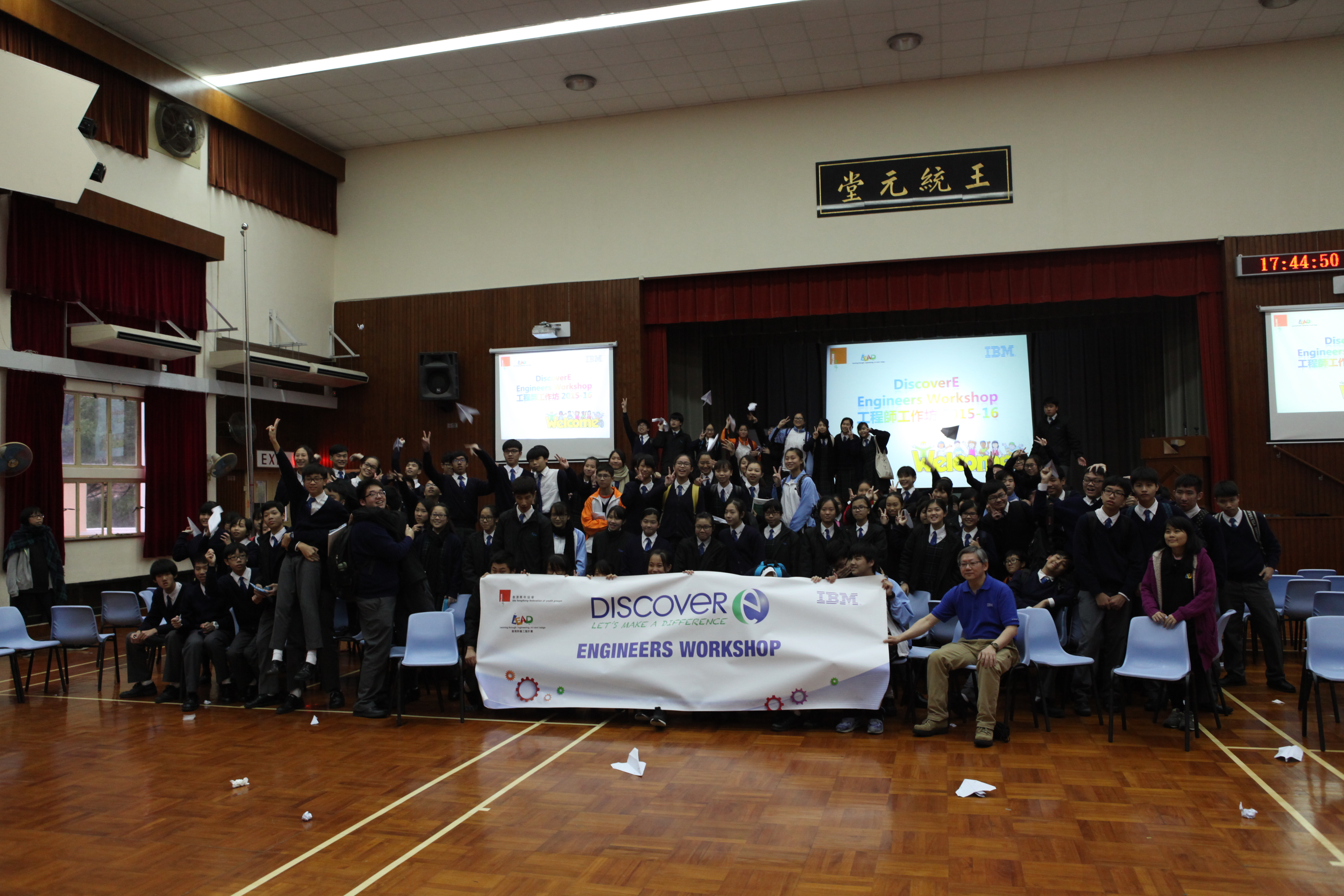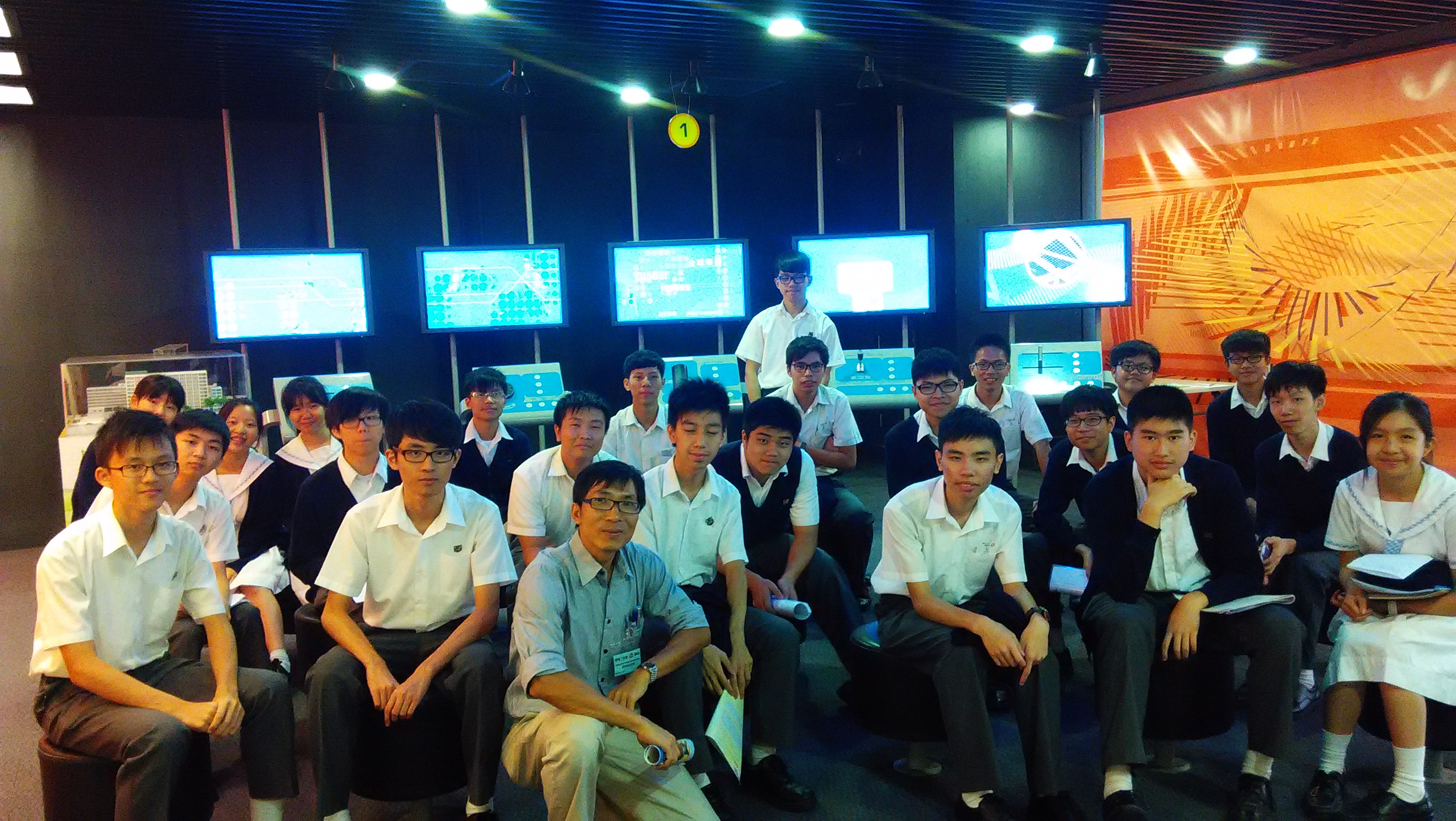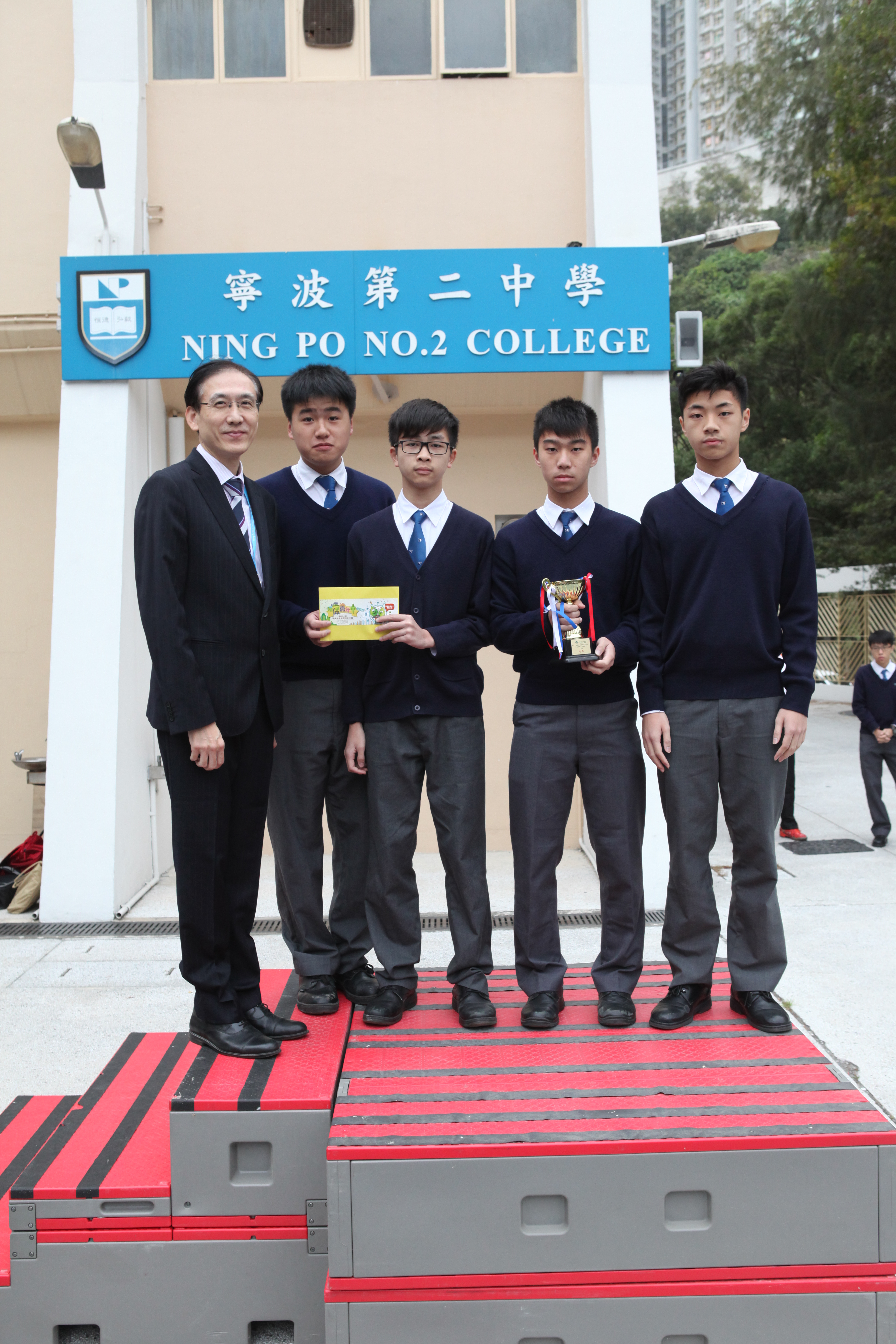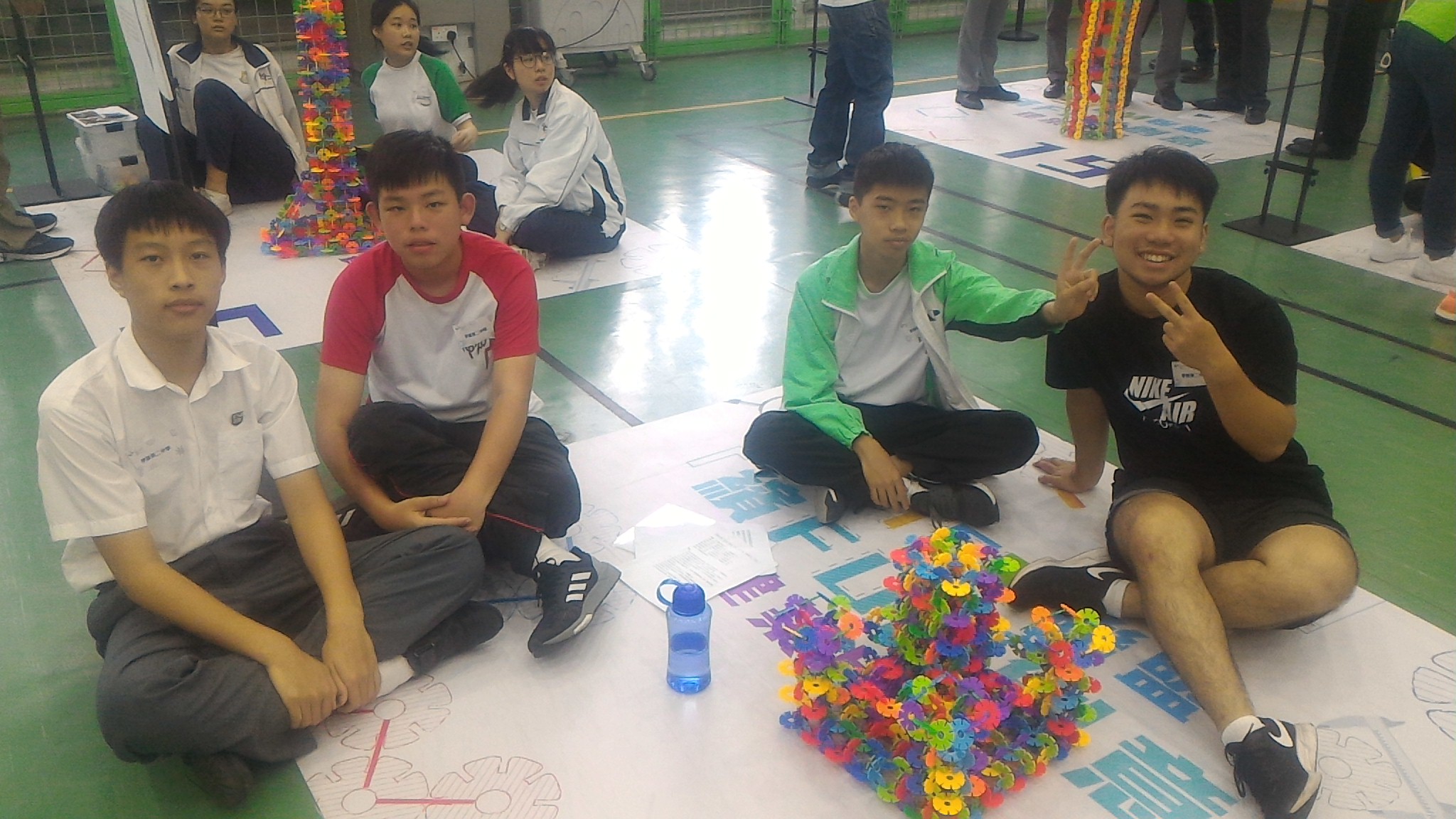Physics
物理
Introduction
Physics is an important branch of natural science that focuses on the study of the relationships between matter, space, time, and the fundamental principles that govern them. Physics plays an essential role in various fields such as engineering and medicine.
Studying physics helps students develop a comprehensive understanding of the interconnectedness of science, technology, society, and the environment. Therefore, choosing to study physics in high school provides students with a solid foundation of knowledge for related subjects at the university or college level.
Goals
Our school's physics curriculum combines traditional face-to-face teaching with an online platform for self-directed learning to provide a comprehensive learning experience. Guided by the curriculum framework, students will use traditional note-taking and problem-solving methods to ensure a deep understanding of fundamental concepts.
Through the self-learning platform, students can review and delve into different topics at their own pace. They will learn how to manage their time autonomously, set learning goals, find resources, and solve problems. This self-directed learning approach cultivates students' learning abilities and autonomy, making them proactive, self-disciplined, and creative learners.
In terms of physics experiments, students will not only learn how to conduct experiments but also develop skills in writing experiment reports. They will understand the process and standards of writing experiment reports, cultivating clear, accurate, and systematic expression skills. Such training helps enhance students' scientific innovation and communication skills, which are essential in the 21st-century era of scientific and technological advancements.
Physics provides rigorous training in scientific reasoning and analysis, focusing not only on analyzing and understanding natural laws but also on developing problem-solving abilities. After receiving foundational physics training, students are expected to enhance their problem-solving skills, logical reasoning and analytical abilities. More importantly, they cultivate a scientific literacy and mindset that is unafraid of facing challenges.
Curriculum
| Form | Topics | Remarks |
|---|---|---|
| S1 | N.A. | N.A. |
| S2 | ||
| S3 |
Book 1: Heat and Gases: Ch.1 - 4 |
|
| S4 |
Book 2: Forces and Motion: Ch.1 - 6 |
|
| S5 |
Book 3: Waves II: Ch.6 - 8 |
|
| S6 |
E2: Atomic World |
Evaluation
The undergraduate physics curriculum emphasizes the cultivation of students' problem-solving abilities. Through teacher-student and peer discussions, the classroom focuses on constructing knowledge and emphasizes students' deduction and conceptual understanding.
The coursework places a strong emphasis on building concepts and training students' problem-solving abilities, enabling them to establish basic problem-solving models. Therefore, the classroom utilizes formative assessments to assist students in building relevant knowledge. Summative assessments are also used to understand students' learning progress. The assessments are closely linked to the coursework, emphasizing multiple approaches to a single problem and diverse interpretations of the same question.
Physics activities are also organized to showcase students' abilities in different areas.
The curriculum also regularly trains students in answering techniques for the HKDSE examination. This includes enhancing their responses to questions in various scenarios and helping them understand the assessment requirements, making it easier for them to grasp the content of the examination questions.
Award
- 16-17 第十六屆環保創意模型設計比賽:-- 中學組 (季軍)
- 17-18 氣墊模型船比賽 :-- 高中組(八強)
- 18-19 雪花片模型比賽 :-- 高中組(十六強)
Event
- 15-16 參觀機電工程署
- 15-16 E-week工程師工作坊
- 16-17 第十六屆環保創意模型比賽
- 17-18 校內電容車比賽
- 17-18 氣墊模型船比賽
- 17-18 IVY 砌橋比賽
Photo
 |
| 15-16 E-week工程師工作坊 |
 |
| 15-16 參觀機電工程署 |
 |
| 16-17 環保創意模型設計比賽:-- 高中組(軍) |
 |
| 18-19 雪花片模型設計比賽:-- 中學組(十六強) |